Kentucky’s Definition of Bullying
KRS Definition of Bullying: Amend KRS 158.148 to define “bullying”; require a school board’s code of acceptable behavior to prohibit bullying; require the code to include procedures for investigating and responding to reports of bullying and a method to protect a person reporting a bullying incident.
(1) (a) As used in this section, “bullying” means any unwanted verbal, physical, or social behavior among students that involves a real or perceived power imbalance and is repeated or has the potential to be repeated:
1. That occurs on school premises, on school-sponsored transportation, or at a school-sponsored event; or
2. That disrupts the education process.
(b) This definition shall not be interpreted to prohibit civil exchange of opinions or debate or cultural practices protected under the state or federal Constitution where the opinion expressed does not otherwise materially or substantially disrupt the education process.
Kentucky’s Definition of Harassment
KRS 525.070 Harassment. (1) A person is guilty of harassment when, with intent to intimidate, harass, annoy, or alarm another person, he or she:
(a) Strikes, shoves, kicks, or otherwise subjects him to physical contact;
(b) Attempts or threatens to strike, shove, kick, or otherwise subject the person to physical contact;
(c) In a public place, makes an offensively coarse utterance, gesture, or display, or addresses abusive language to any person present;
(d) Follows a person in or about a public place or places;
(e) Engages in a course of conduct or repeatedly commits acts which alarm or seriously annoy such other person and which serve no legitimate purpose; or
(f) Being enrolled as a student in a local school district, and while on school premises, on school-sponsored transportation, or at a school-sponsored event;
1. Damages or commits a theft of the property of another student;
2. Substantially disrupts the operation of the school; or
3. Creates a hostile environment by means of any gestures, written communications, oral statements, or physical acts that a reasonable person under the circumstances should know would cause another student to suffer fear of physical harm, intimidation, humiliation, or embarrassment.
(2) (a) Except as provided in paragraph (b) of this subsection, harassment is a violation.
(b) Harassment, as defined in paragraph (a) of subsection (1) of this section, is a Class B misdemeanor.
Effective: July 15, 2008 History: Amended 2008 Ky. Acts ch. 125, sec. 4, effective July 15, 2008. — Amended 1996 Ky. Acts ch. 345, sec. 3, effective July 15, 1996. — Created 1974 Ky. Acts ch. 406, sec. 217, effective January 1, 1975.
KRS 525.080 Harassing communications.
(1) A person is guilty of harassing communications when, with intent to intimidate, harass, annoy, or alarm another person, he or she:
(a) Communicates with a person, anonymously or otherwise, by telephone, telegraph, mail, or any other form of written communication in a manner which causes annoyance or alarm and serves no purpose of legitimate communication;
(b) Makes a telephone call, whether or not conversation ensues, with no purpose of legitimate communication; or
(c) Communicates, while enrolled as a student in a local school district, with or about another school student, anonymously or otherwise, by telephone, the Internet, telegraph, mail, or any other form of electronic or written communication in a manner which a reasonable person under the circumstances should know would cause the other student to suffer fear of physical harm, intimidation, humiliation, or embarrassment and which serves no purpose of legitimate communication.
(2) Harassing communications is a Class B misdemeanor.
Effective: July 15, 2008 History: Amended 2008 Ky. Acts ch. 125, sec. 5, effective July 15, 2008. — Created 1974 Ky. Acts ch. 406, sec. 218, effective January 1, 1975.
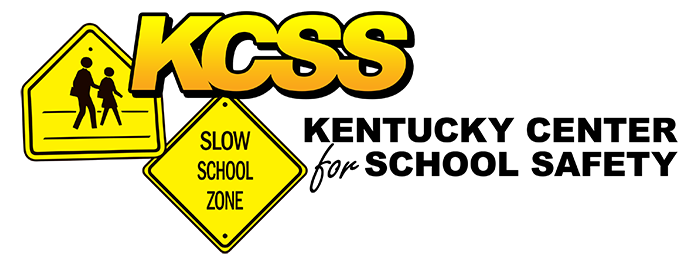

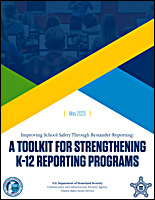
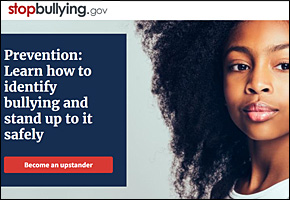
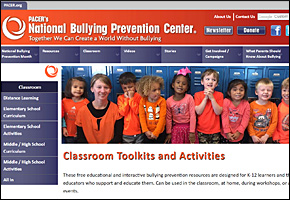
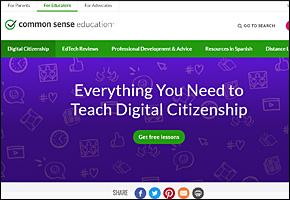
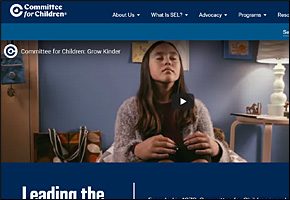

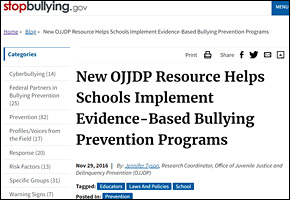
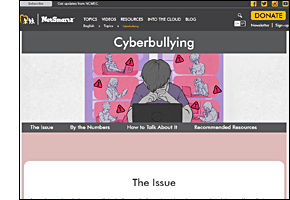

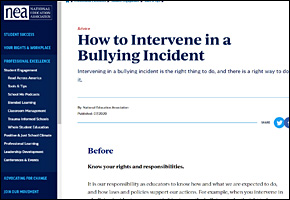
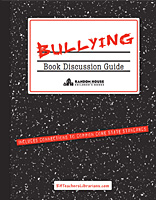
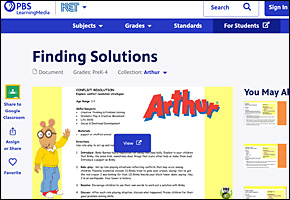
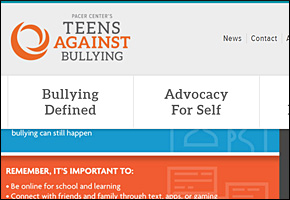
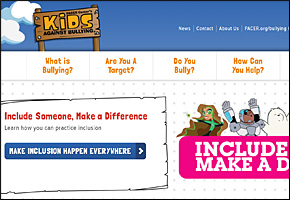
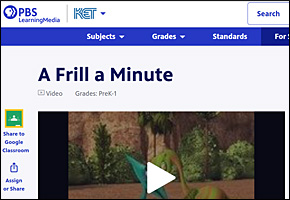
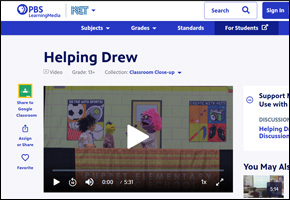
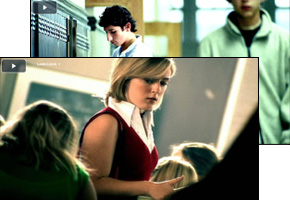 The Foundation for a Better Life
The Foundation for a Better Life 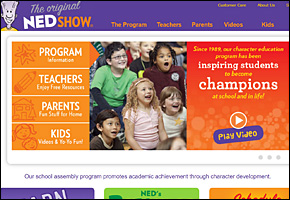 The Ned Program
The Ned Program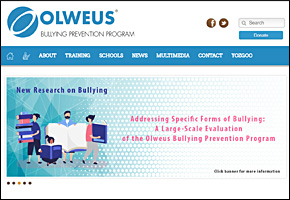
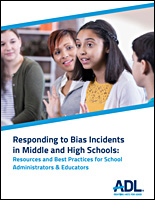
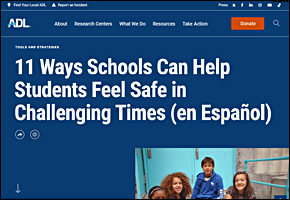
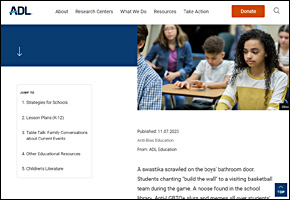
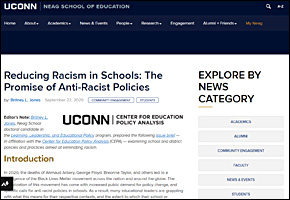
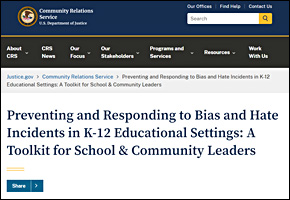
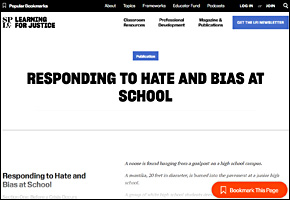
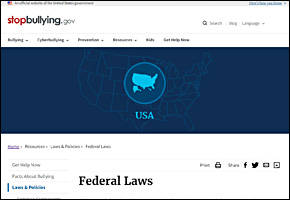
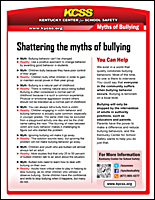
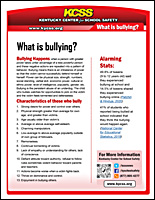
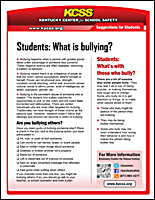
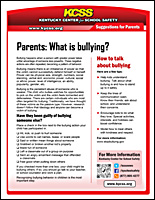
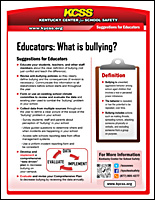
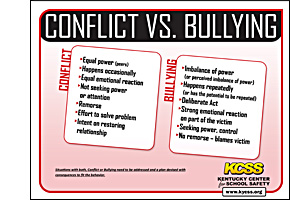
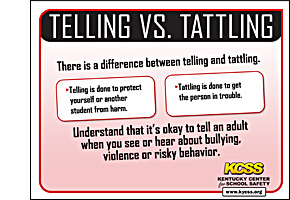
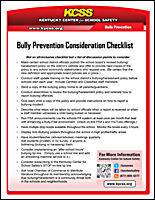
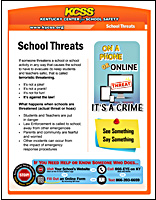
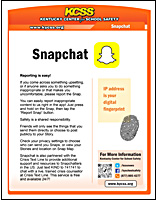
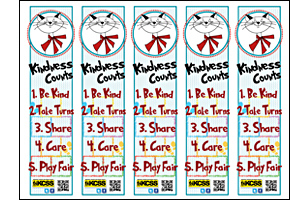
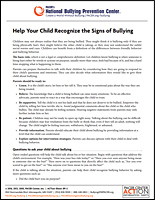
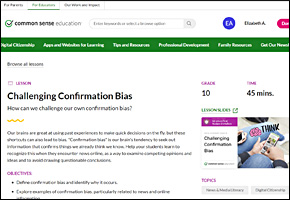
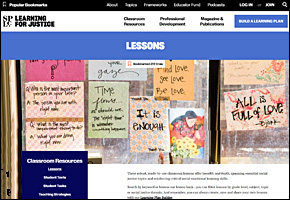
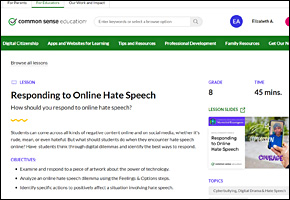
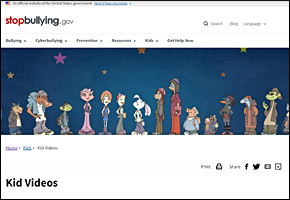
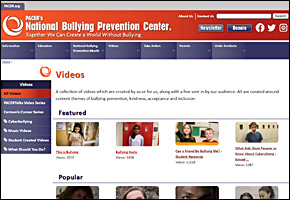
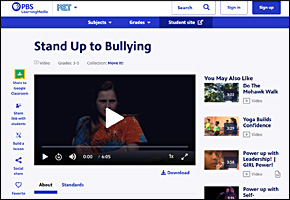
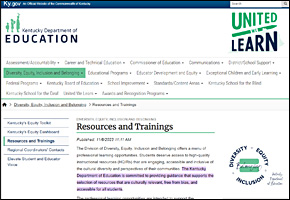
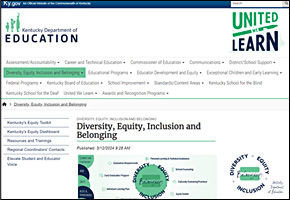
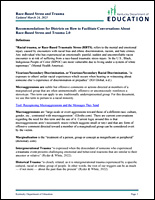
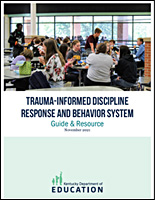
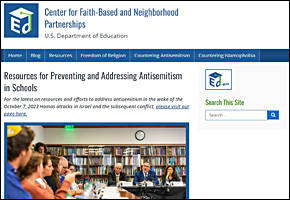
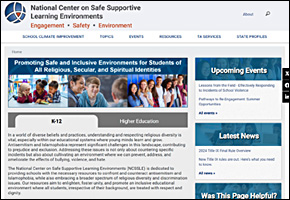
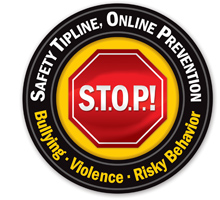
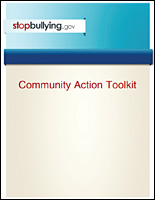
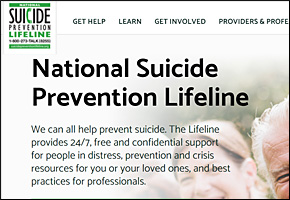
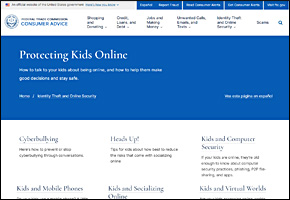
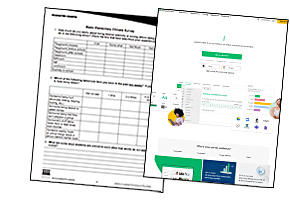 Here are a few survey samples
Here are a few survey samples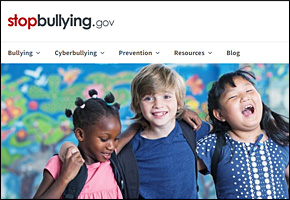
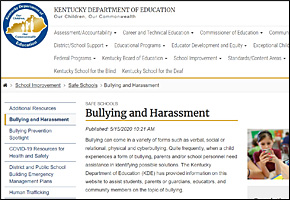
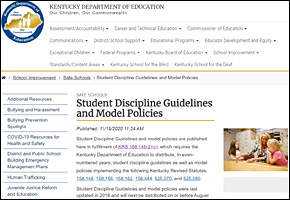
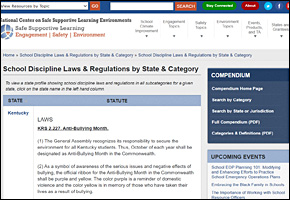
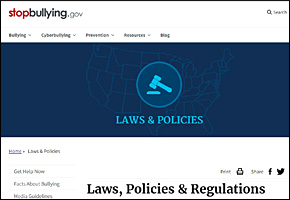
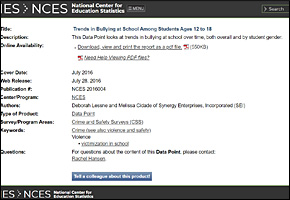 Reports from the National Center for Education Statistics, in the Institute of Education Sciences, use data collected in the School Crime Supplement to the National Crime Victimization Survey. Three Data Points released July 28, 2016 look at trends in reports of bullying, use of hate-related words, etc. in the nation’s schools. (1)
Reports from the National Center for Education Statistics, in the Institute of Education Sciences, use data collected in the School Crime Supplement to the National Crime Victimization Survey. Three Data Points released July 28, 2016 look at trends in reports of bullying, use of hate-related words, etc. in the nation’s schools. (1)